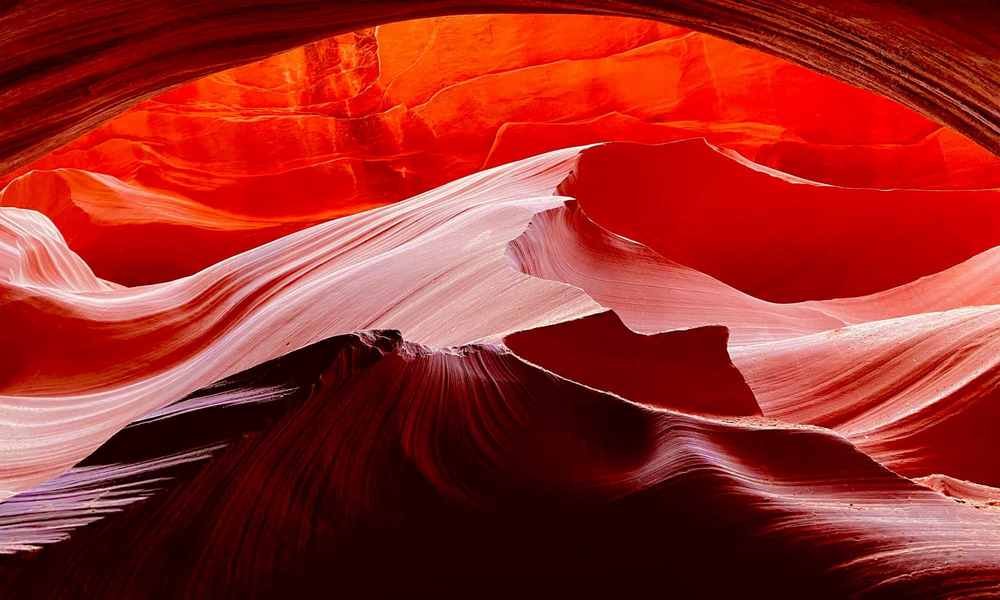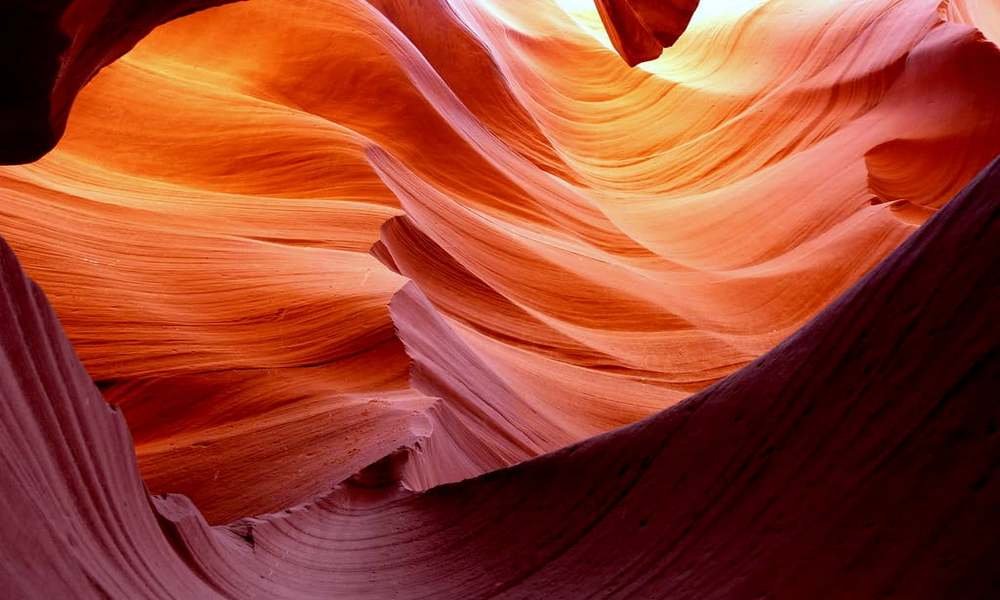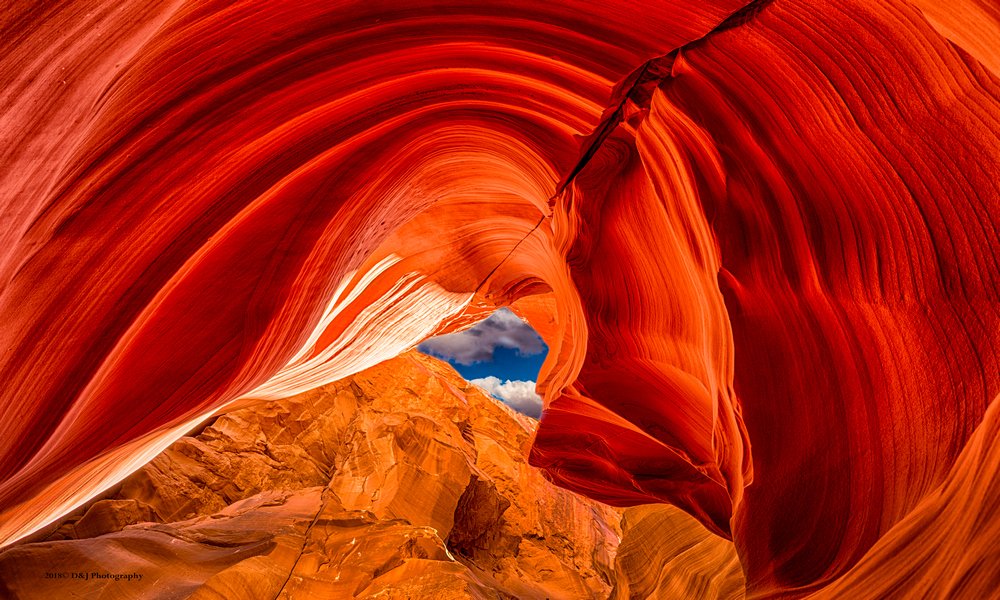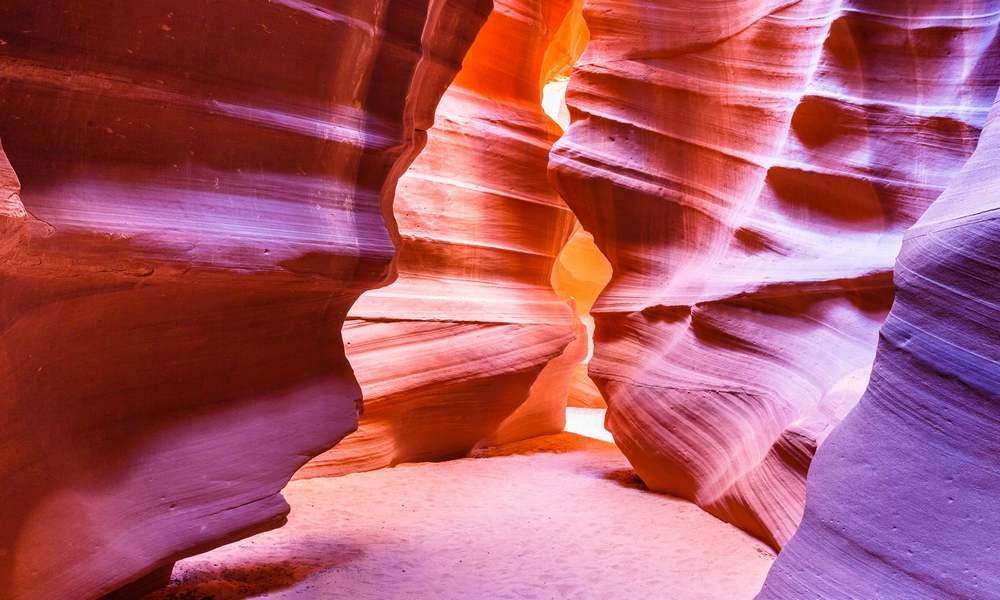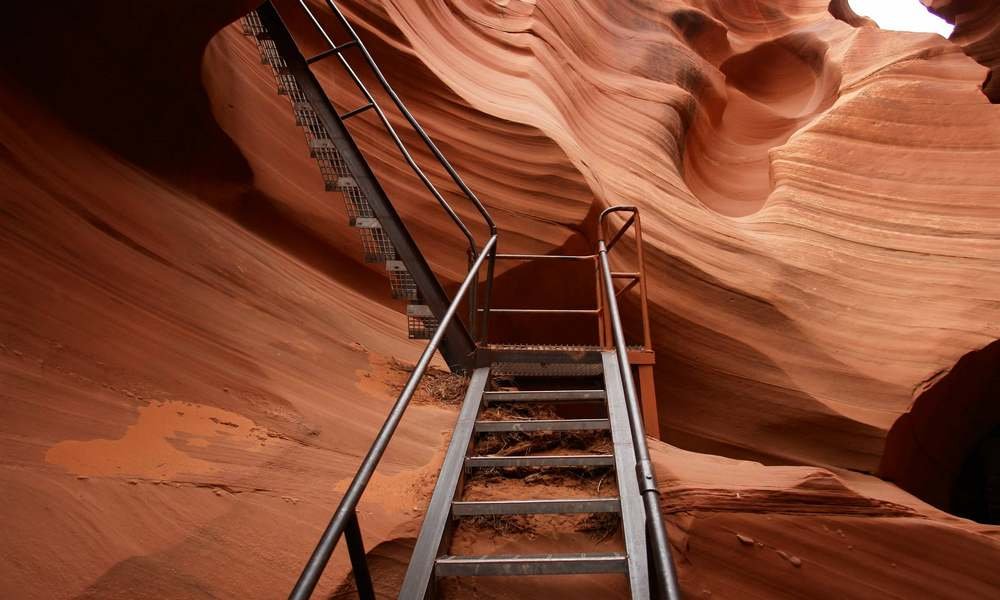Canyons represent one of nature’s most striking geographical features, carved meticulously over time through processes such as erosion caused by water, wind, and glacial activity. These deep ravines, often flanked by towering cliffs, can be found across various landscapes and are distinguished by their unique formations and ecosystems. Canyons not only embody geological evolution but also serve as vital ecological habitats, supporting diverse flora and fauna. There are several types of canyons, each with distinct characteristics:
- River canyons, like the Grand Canyon in the United States, are formed primarily by the relentless force of flowing water that gradually carves the rock. These canyons often feature steep walls and breathtaking vistas, attracting millions of visitors annually.
- Slot canyons, narrower and deeper than traditional canyons, present a dramatic display of vertical rock walls. They are typically formed in porous rock where water flows through narrow crevices, creating stunning patterns and colors.
- Coastal canyons, on the other hand, are shaped by the action of waves and tides, exhibiting a different set of geological attributes due to their proximity to the ocean.
The significance of canyons extends beyond their physical form. Geologically, they offer insights into the Earth’s history and the processes that have shaped its surface over millennia. Ecologically, canyons are essential for biodiversity, acting as unique environments that harbor specialized species that may not thrive in nearby habitats. Additionally, the aesthetic appeal of canyons cannot be understated; their dramatic landscapes inspire awe and wonder, making them popular destinations for outdoor enthusiasts, photographers, and nature lovers alike. Overall, canyons serve as profound reminders of nature’s creative forces and the intricate systems that sustain life on Earth.
The Famous Canyons of the World
Canyons are one of nature’s most visually striking and geologically significant formations, offering breathtaking views and unique ecosystems. These canyons, alongside many others worldwide, not only exhibit exceptional geological beauty but also embody the history and culture of their respective regions, making them worthwhile destinations for travelers and nature enthusiasts alike.
- Among the most famous canyons worldwide, the Grand Canyon in the United States holds a prominent position. Located in Arizona, the Grand Canyon stretches approximately 277 miles in length, showcasing a diverse range of geological formations, including rock layers that date back millions of years. This UNESCO World Heritage Site attracts approximately five million visitors annually, drawn by its spectacular vistas and myriad of recreational opportunities.
- In Namibia, the Fish River Canyon presents an impressive spectacle with its vast scale. Known as one of the largest canyons in the world, it spans around 100 miles in length, up to 27 kilometers wide, and reaches depths of over 550 meters. The stunning contrasts between the jagged cliffs and the verdant river below create a striking landscape. This canyon is not only a key geographical landmark but also a site of cultural significance to the indigenous communities that inhabit the region, offering a window into the ancient narratives woven into the land.
- Another notable canyon is the Colca Canyon in Peru, renowned for being one of the deepest canyons globally, plunging 3,270 meters (10,745 feet) at its deepest point. Nestled in the Andes mountains, it presents a rich tapestry of agricultural terraces, traditional villages, and diverse fauna, including the majestic Andean condor that soars overhead. The Colca Canyon is also steeped in local folklore and traditions, contributing to its cultural richness.
The Antelope Canyon
Antelope Canyon, located in Arizona, is a stunning slot canyon renowned for its wave-like structure and rich colors. Formed by flash floods and erosion, this natural wonder attracts photographers and nature enthusiasts from all over the globe. The canyon is divided into two main sections: Upper Antelope Canyon and Lower Antelope Canyon, each offering unique visual experiences.
Visiting Antelope Canyon is like stepping into an otherworldly landscape. The swirling patterns in the sandstone create breathtaking visuals, especially when light beams penetrate through the narrow openings above.
These light beams are most visible during the summer months, making it the ideal time for visitors to take spectacular photographs. Whether you’re gazing up at the smooth, flowing walls or trekking through the narrow passages, the beauty of Antelope Canyon is undeniable. Planning a trip to Antelope Canyon requires some considerations. Guided Tours are essential for accessing this iconic canyon, as it is located on Navajo land. Multiple tour companies offer varied experiences, from photography-focused tours to more relaxed sightseeing trips. Remember to book in advance, especially during peak season, as demand is high. Visitors should also wear comfortable shoes and be prepared for the often changing conditions within the canyon.
Adventure Activities: Exploring Nature Up Close
Canyons represent some of the most breathtaking natural landscapes, offering adventurers various ways to immerse themselves in their beauty. Hiking is one of the most accessible methods, with trails that cater to all skill levels, from easy walks to challenging climbs. Spring and fall are ideal seasons for hiking, as moderate temperatures enhance the experience. For a bigger challenge, rock climbing is a thrilling option, with impressive cliffs like those in Zion Canyon or the Grand Canyon attracting climbers worldwide. Safety is key, and climbers are encouraged to join local communities, use proper gear, and assess their abilities.
Rafting presents an exciting way to explore canyons from a watery vantage point. Rivers carved through these landscapes offer great rafting experiences, with varying degrees of rapids. The best times for water sports often coincide with the spring melt, ensuring optimal water levels. However, participants should consider their experience with white-water rafting, as certain sections can be demanding. Meanwhile, photography enthusiasts will discover canyons to be visually stunning, especially during sunrise and sunset when the colors of the rock formations come alive. Using the right equipment and understanding natural light will help enhance their shots.
It is essential to practice responsible tourism to preserve these natural wonders for future generations. Conservation efforts aimed at protecting canyon ecosystems should be supported by all who visit these destinations. Whether hiking, climbing, rafting, or capturing the landscape’s beauty, the diverse activities available in canyons make them remarkable places worth exploring and safeguarding.
Ecosystems: Biodiversity and Conservation
Canyons serve as intricate ecosystems that harbor a remarkable diversity of flora and fauna. These natural formations create unique microclimates due to their varied topography, elevation, and orientation. As a result, many plant and animal species have adapted specifically to these environments, making canyons vital biodiversity hotspots. For instance, the steep walls of canyons can host distinct vegetation zones, ranging from riparian habitats lush with moisture-loving plants to dry, rocky areas where hardy species endure harsh conditions. This ecological diversity not only contributes to the aesthetic value of canyons but also plays a crucial role in sustaining the surrounding biosphere.
The significance of canyon ecosystems extends beyond their biological richness; they are essential for maintaining ecological balance. The diverse species within these regions engage in various ecological roles, such as pollination, seed dispersal, and nutrient cycling, all of which are integral to the health of broader landscapes. However, these delicate ecosystems face significant threats from both climate change and human activities, including development, resource extraction, and recreational pressures. As temperature changes, water availability, and habitat fragmentation intensify, the resilience of canyon biodiversity may be compromised, leading to a decline in species, some of which may be endemic to these ecosystems.
Conservation efforts are crucial for protecting the unique habitats found within canyons. Several initiatives aim to safeguard these ecosystems through habitat restoration, research, and the establishment of protected areas. Organizations work to monitor biodiversity, engage local communities, and promote sustainable practices that align with conservation goals. By emphasizing the importance of canyon ecosystems and the myriad species they support, advocates hope to foster a greater understanding of the need for urgent action. Preserving these magnificent natural structures not only safeguards their intrinsic value but also contributes to the overall health of our planet’s ecosystems.
What’s More
The posts in My Blog feature reflective, story-driven pieces rooted in personal and societal insights.
The topics in My Interests explore abstract, philosophical ideas and their cultural and societal impact.
👁️ 6,365 Views



